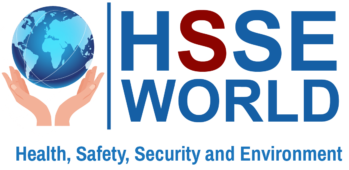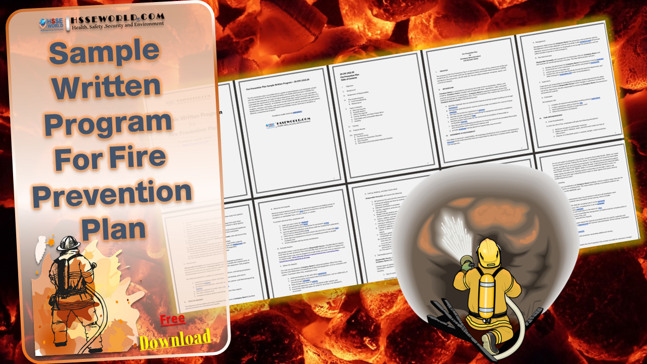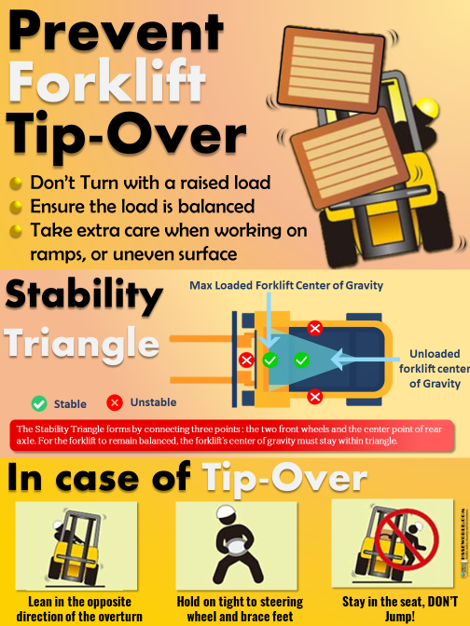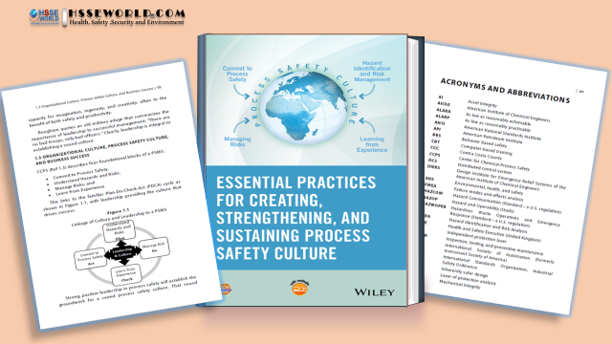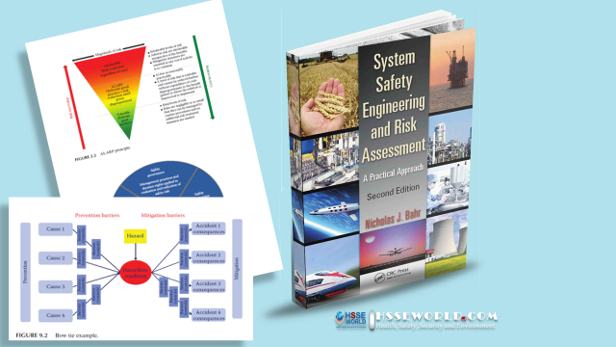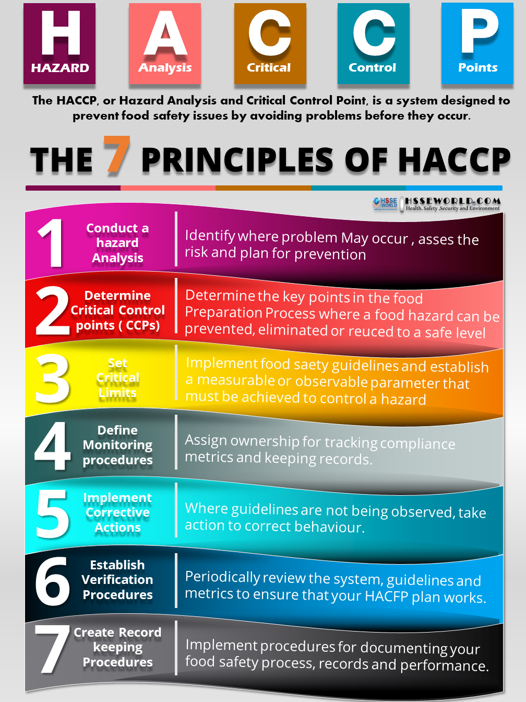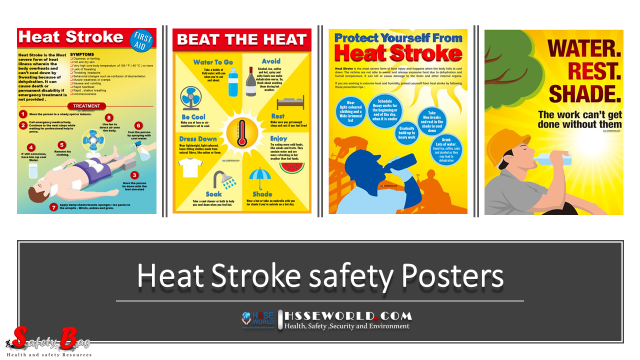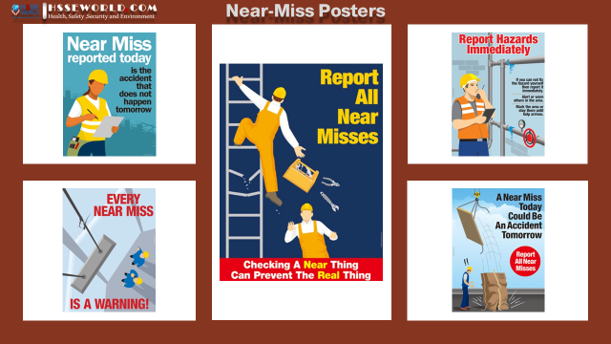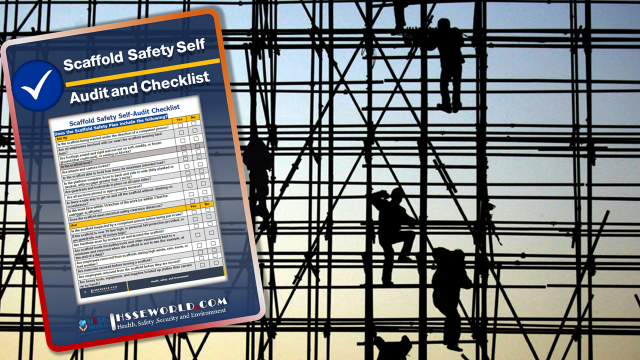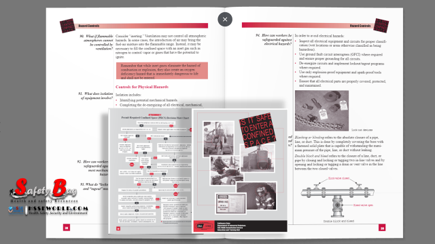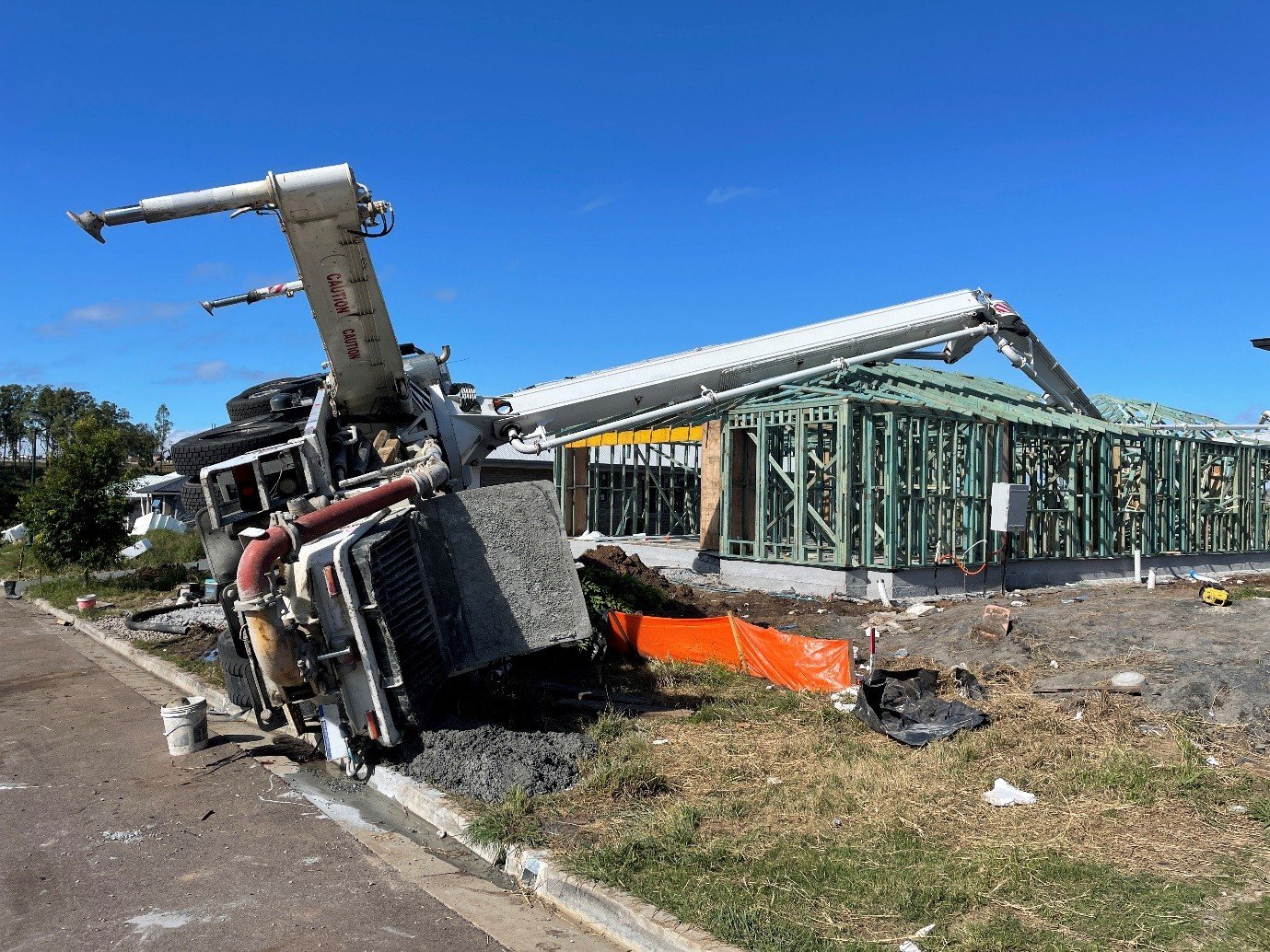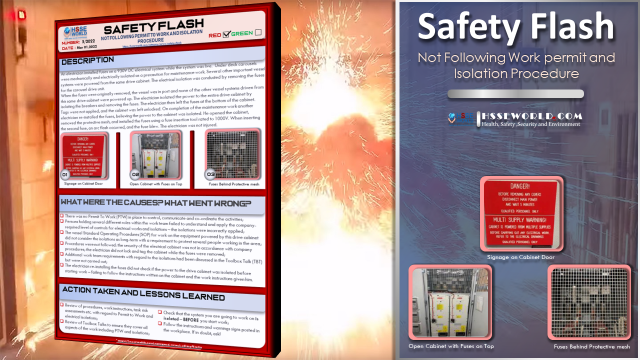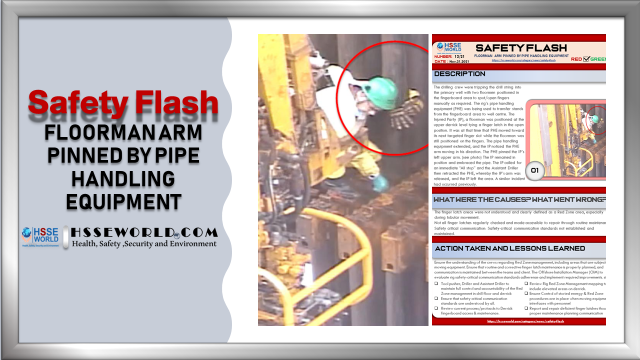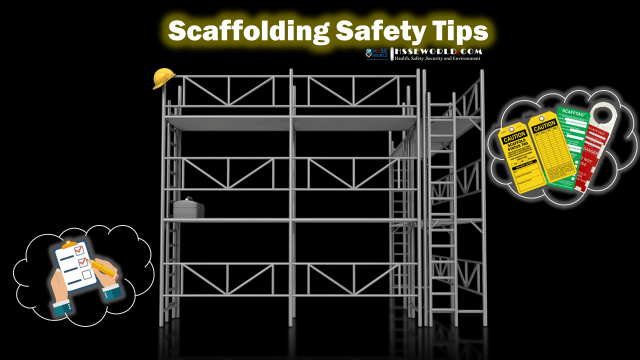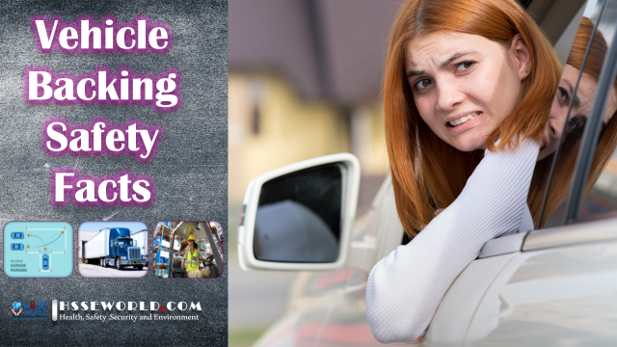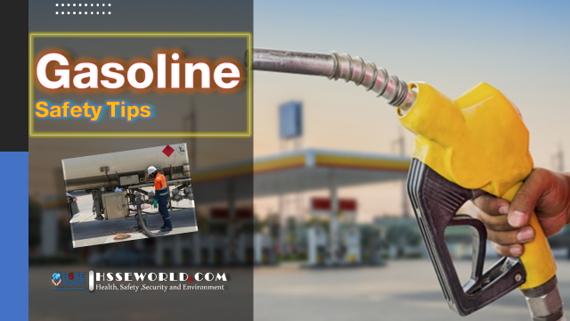Sample Written Program For Fire Prevention Plan
This fire prevention plan is provided only as a guide to help employers and employees comply with the requirements of the Occupational Safety and Health Administration’s (OSHA) Fire Prevention Plan Standard, 29 Code of Federal Regulations (CFR) 1910.39. It is…
Photo of the day: First Aid for Electrical Burns-Infographic free
Many workers are unaware of the potential electrical hazards in their work environment, which only increases their risks. Engineers, electricians, construction workers, and other professionals work directly with or near electricity, such as overhead power lines, cable harnesses, and circuit…
Infographic: First Aid for Cuts and Scrapes free download
Wounds can be caused by something sudden, such as a cut, a fall, or a bad knock. Cuts, Scrapes, and lacerations are all examples of wounds. Cuts are usually caused by a sharp object like a knife or glass, or…
E-Books: Site Emergency Planning Workbook
This workbook is intended to help users develop a comprehensive site emergency plan. It is intended to be used by both very small organizations, as well as large complex organizations as : This workbook focuses on responding to and protecting…
Machine Safety and 43-Equipment Inspection Checklists
The use of machines, in particular, those with moving parts, expose workers to risks of bodily injuries. The following are some common machine hazards and risks: So the Article below is a guideline for the requirement of machine safety and…
E-Books: Load Restraint Guide
Load Restraint Guide is a Guideline and Performance Standard for the Safe Carriage of Loads on Road Vehicles The safe loading of vehicles is vitally important in preventing injury to people and damage to property. There are economic benefits to…
Photo of the day: Preventing Common Kitchen Hazards
Presenting good food is not the sole purpose of a kitchen. A good kitchen must also be kept clean and safe. A clean and safe kitchen means happy diners and staff who can return home safely after work every day….
Photo of the day: Safe handling of Gas Cylinders and lecture bottles
Compressed gas cylinders are a common fixture in research laboratories. As such it is imperative to understand the safe handling, transportation, and use of compressed gas cylinders. Compressed gas is defined by the Occupational Health and Safety Administration (OSHA) per 29 CFR 1910.1200 as: The broad definition…
Photo of the day: Forklift Stability Triangle
Understanding the forklift stability triangle is essential for workplace safety. When workers understand their vehicle’s capacity limits and the general principle of the stability triangle, they can operate safely on the job and reduce the risk of hazardous incidents. The forklift…
E-Books: Essential Practices for Creating, Strengthening, and Sustaining Process Safety Culture
Essential Practices for Creating, Strengthening, and Sustaining Process Safety Culture by American Institute of Chemical Engineers (AIChE) and the Center for Chemical Process Safety (CCPS). This book offers several definitions of process safety culture. Even though there may be some…
Photo of the day: Defective Tools Safe Work Practice
Workers in industries such as construction, manufacturing, and transportation can avoid workplace accidents by taking the appropriate safety precautions. However, despite their best efforts, workers may still become injured by defective tools or equipment. Those who are injured in defective tool…
Photo of the day: Lift With Your Legs Not With Your Back
Improper lifting technique can lead to back, leg, and arm pain. Poor technique can cause both acute injury and serious long-term effects. Learning the right way to lift will help you avoid these problems. Most people know this, but actually taking the time to perform lifting…
Facts about Fire Prevention
Fire can race through a structure in a matter of minutes, threatening the lives of that inside and leaving a devastating impact on businesses. Every year in the United States, the Bureau of Labor Statistics reports on the frequency of…
Photo of the day: First Aid for burns
Burns and scalds are damage to the skin usually caused by heat. Both are treated in the same way. A burn is caused by dry heat by an iron or fire, for example. A scald is caused by something wet, such as hot water…
E-Books: System Safety Engineering and Risk Assessment
System Safety Engineering and Risk Assessment A Practical Approach, Second Edition by Nicholas J. Bahr. This book will give both industry and government the practical insight and concrete success stories to make this happen. The purpose of this book is…
Photo of the day: The 7 Principles of HACCP
The Hazard Analysis and Critical Control Point (HACCP) food safety management system is a preventive risk assessment tool operated by the food industry to ensure that all food safety hazards are assessed and that appropriate controls are put in place…
Photo of the day: Working Safely with Suspended Loads
In almost every industry, a load of some kind is being lifted, manipulated, lowered, or carried in a way that poses risk to workers. The U.S. Bureau of Labor Statistics reports that there are more than 50,000 “struck by falling…
Photo of the day: Heat Stroke First Aid and safety posters
Heat stroke is a condition caused by your body overheating, usually as a result of prolonged exposure to or physical exertion in high temperatures. This most serious form of heat injury, heat stroke, can occur if your body temperature rises…
E-Books: Permit-Required Confined Spaces
Permit-Required Confined Spaces is an informational booklet provides a general overview of a particular topic related to OSHA standards. It does not alter or determine compliance responsibilities in OSHA standards or the Occupational Safety and Health Act of 1970 Because…
Photo of the day: Near-Miss Reporting and Posters
Employee participation in any near-miss program is vital, however, it can be challenging to get workers to conform to change especially when it can be time-consuming or seem unnecessary. All workers regardless of their role have a long list of…
Scaffold Safety self Audit and checklist
The purpose of this Scaffold checklist is two-fold: 1) to answer questions to help employers and employees understand the requirements to protect employees who use scaffolds, and 2) to provide employers with a self-audit tool to ensure their company complies…
E-Books: Is it Safe to Enter Confined Space?
THIS Confined Space Guide has been developed to explain the hazards of confined space work and to assist employers in establishing and maintaining an effective confined space program. By implementing such a program, both employers and employees will be able…
E-Books: 5-Minute Workplace Safety Talks
5-Minute Workplace Safety Talks manual by J.J. Keller’s easy-to-use gives you fingertip access to more than 100 different safety talks. The Safety Talks assists you by providing the tools you need to conduct employee safety talks. Such training sessions, usually…
Hot Work Controls and its Permit to work Form
Hot work operations such as welding, cutting, soldering, and any activities that involve using open flames or excessive heat can cause multiple health and safety hazards. These activities also carry the threat of industrial fires that could be disastrous for…
